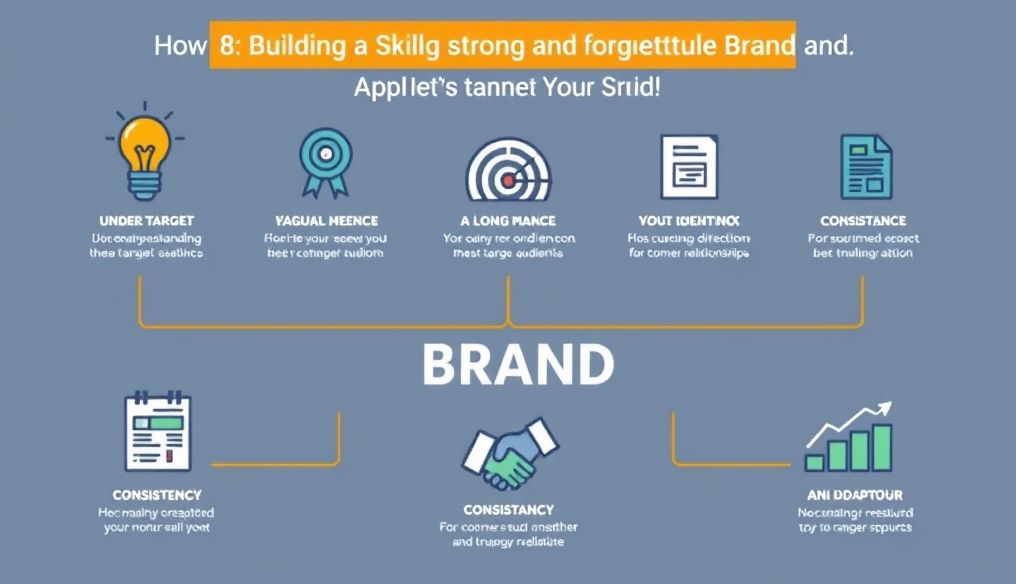Should You Quit Your Job to Pursue Your Own Business? A Comprehensive Decision-Making Guide
Leaping into the world of entrepreneurship is a dream for many. The idea of being your own boss, building something from scratch, and achieving substantial profits are all enticing, making the decision to leave a job seem appealing. However, before you hand in your resignation, it's crucial to think deeply and carefully assess your current situation. This article provides a comprehensive guide to help you make this critical decision.
Chapter 1: Assessing Your Current Situation
Before you even consider leaving your job, you need to understand your current situation thoroughly. This includes evaluating your financial status, skills, network, and risk tolerance.
Financial Status
- Calculate Savings: How much money do you have saved? Is it enough to cover your expenses for at least 6 months? Ideally, you should have savings to last a full year.
- Assess Debts: What are your debts? Do you have a mortgage, car loans, or credit card debt? You need to be able to manage your debts even without a steady income.
- Monthly Expenses: What are your fixed monthly expenses? (Rent, bills, food, transportation, etc.) Accurately calculate the amount you need monthly to cover your basic needs.
Skills and Experience
- Skills Analysis: What skills do you possess that can benefit your own business? Do you have experience in your business's field?
- Identify Weaknesses: What are your weaknesses? Do you need to acquire new skills? Do you need help from specialists?
- Certifications and Training Courses: Do you have certifications or training courses relevant to your business? These certifications may increase your chances of success.
Networking
- Connect with Experts: Do you know anyone with experience in your business's field? Reach out to them and ask for advice.
- Build New Relationships: Start building new relationships with people who can help you with your business. Attend events and conferences related to your field.
- Leverage Existing Relationships: Don't hesitate to ask for help from your friends, family, and former colleagues.
Risk Tolerance
- Assess Your Risk Tolerance: Are you someone who prefers security and stability, or are you willing to take risks? Entrepreneurship requires a significant amount of risk-taking.
- Develop a Contingency Plan: What's your backup plan if your business fails? Will you return to your previous job? Will you look for a new job?
- Insure Yourself: Ensure you have health and life insurance to protect yourself and your family in case of emergencies.
Chapter 2: Evaluating Your Business Idea
After assessing your current situation, you need to evaluate your business idea carefully. Is your idea viable? Is there demand for your product or service? Do you have a competitive advantage?
Feasibility Study
A feasibility study is a comprehensive analysis of all aspects of your business, from a financial, marketing, and operational perspective. A feasibility study should include:
- Market Analysis: Who are your target customers? What are their needs? What are the competing products or services?
- Competitor Analysis: Who are your competitors? What are their strengths and weaknesses? How can you overcome them?
- Financial Analysis: What are the expected costs of your business? What are the expected revenues? When do you expect to become profitable?
- Operational Analysis: How will you manage your business? What resources do you need? What processes will you follow?
Validating the Idea
Before investing a lot of time and money in your business, you need to validate your idea. You can do this by:
- Conducting Surveys: Ask your potential customers for their opinion on your idea. Are they interested in your product or service? How much are they willing to pay?
- Launching an MVP (Minimum Viable Product): Launch an initial version of your product or service and test it on a small group of customers.
- Participating in Entrepreneurship Events: Participate in entrepreneurship events and present your idea to investors and experts.
Chapter 3: Developing a Business Plan
If you are convinced of your business idea, you need to develop a detailed business plan. A business plan is a document that defines your goals, strategies, and how you will achieve them.
Elements of a Business Plan
A business plan should include the following elements:
- Executive Summary: A brief summary of the most important points of the business plan.
- Company Description: Information about your company and your products or services.
- Market Analysis: A detailed analysis of the market and competitors.
- Marketing Strategy: How will you market your product or service?
- Operational Plan: How will you manage your business?
- Financial Plan: Financial projections for your business.
- Management Team: Information about the management team and their experience.
Setting Goals
Your goals should be Specific, Measurable, Achievable, Relevant, and Time-bound (SMART). For example, instead of saying "I want to increase my sales," say "I want to increase my sales by 20% within 6 months."
Chapter 4: Legal and Administrative Aspects
Before you start your business, you need to make sure you comply with all local laws and regulations. This includes:
- Company Registration: Register your company with the relevant government authorities.
- Obtaining Licenses: Obtain all necessary licenses to operate your business.
- Taxes: Learn about the taxes you will pay and how to calculate and pay them.
- Contracts: Consult a lawyer to write the necessary contracts with suppliers, customers, and employees.
Chapter 5: Time Management and Productivity
When you are an entrepreneur, you will be responsible for everything. Therefore, it is essential to learn how to manage your time and increase your productivity.
Time Management Techniques
- Prioritize: Identify the most important tasks and focus on them first.
- Daily Planning: Plan your day in advance and identify the tasks you will complete.
- Delegate Tasks: Delegate tasks that you can delegate to others.
- Avoid Distractions: Minimize distractions such as social media and notifications.
- Take Breaks: Take short breaks regularly to refresh your energy.
Productivity Tools
There are many tools that can help you increase your productivity, such as:
- Task Management Apps: Trello, Asana, Todoist
- Time Management Apps: Toggl Track, RescueTime
- Note-Taking Apps: Evernote, OneNote
Chapter 6: Mental and Physical Health
Entrepreneurship can be very stressful, so it is essential to take care of your mental and physical health.
Maintaining Mental Health
- Exercise: Regular exercise helps reduce stress and improve mood.
- Adequate Sleep: Get enough sleep (7-8 hours) every night.
- Healthy Eating: Eat a healthy and balanced diet.
- Spend Time with Family and Friends: Spend quality time with family and friends.
- Practice Meditation: Practicing meditation helps reduce stress and improve focus.
Maintaining Physical Health
- Regular Medical Checkups: Get regular medical checkups to make sure you are in good health.
- Avoid Smoking and Alcohol: Avoid smoking and alcohol because they harm your health.
- Maintain a Healthy Weight: Maintain a healthy weight by exercising and eating healthy food.
Chapter 7: Funding
Funding is one of the most significant challenges facing entrepreneurs. There are many ways to finance your business, such as:
- Self-Funding: Using your personal savings to fund your business.
- Bank Loans: Obtaining a loan from the bank.
- Angel Investors: Obtaining funding from individual investors.
- Venture Capital: Obtaining funding from venture capital firms.
- Crowdfunding: Obtaining funding from the public through crowdfunding platforms.
Chapter 8: Marketing and Sales
Marketing and sales are the foundation of any successful business. You must have an effective marketing plan to attract customers and increase sales.
Marketing Strategies
- Online Marketing: Using the internet to market your product or service (social media, search engines, email).
- Traditional Marketing: Using traditional methods of marketing (TV and radio advertising, print ads).
- Public Relations: Building good relationships with the media.
- Content Marketing: Creating valuable content to attract customers (articles, blogs, videos).
Sales Techniques
- Direct Sales: Selling directly to customers.
- Retail Sales: Selling through stores.
- Wholesale Sales: Selling in large quantities to distributors.
- Online Sales: Selling through the internet.
Chapter 9: Perseverance and Continuous Learning
Entrepreneurship is a long and challenging journey. You must be persevering and willing to learn continuously.
Dealing with Failure
Failure is a natural part of entrepreneurship. Don't let failure discourage you, but learn from it and keep moving forward.
Continuous Learning
The world is constantly changing, so you must be willing to learn continuously. Read books and articles, attend conferences and seminars, and participate in training courses.
Chapter 10: Conclusion
Deciding to leave your job to pursue your own business is a big decision that you should make after careful consideration. Assess your current situation, evaluate your business idea, develop a business plan, and stick to it. Remember that entrepreneurship requires a lot of hard work and perseverance, but it can be very rewarding if you succeed.




